Search results for 'red pigments 0'
-
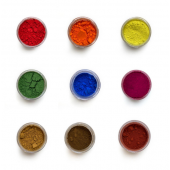
Small, 15ml Pigment sizes
Starting at: £4.00
-
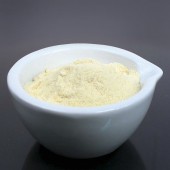
Powdered Rosin
Starting at: £13.90
-
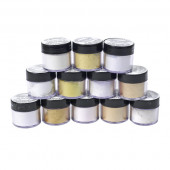
Pearl Lustre Pigments 1 kg
Starting at: £94.00
Call to Order
-
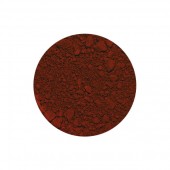
Translucent Red Oxide Pigment
Starting at: £9.80
-
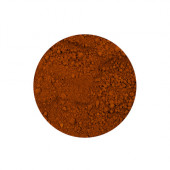
English Red Light Pigment
Starting at: £5.50
-
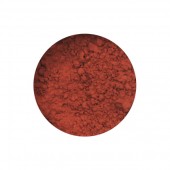
Venetian Red Pigment
Starting at: £4.60
-
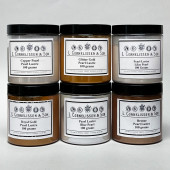
Cornelissen Pearl Lustre Pigments 100g
Starting at: £12.90
-
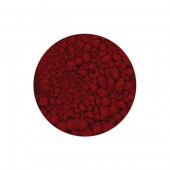
Carmine Red Genuine Pigment
Starting at: £10.00
-
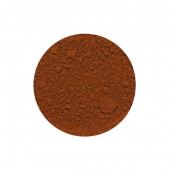
Pozzuoli Red Pigment
Starting at: £5.20
-
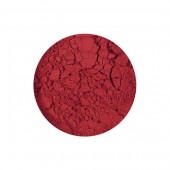
Quinacridone Red Pigment
Starting at: £5.50
-
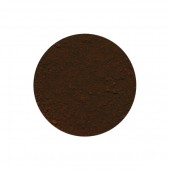
Indian Red Pigment
Starting at: £4.60
-
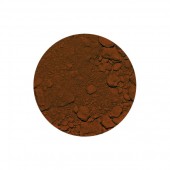
Mars Red Pigment
Starting at: £4.50
-
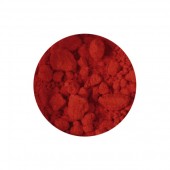
Cadmium Red Pigment
Starting at: £8.40
-
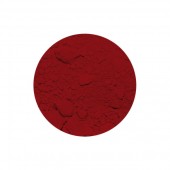
Cadmium Red Deep Pigment
Starting at: £15.00
-
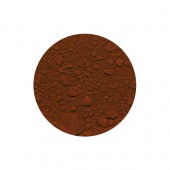
Red Ochre Pigment
Starting at: £4.00
-
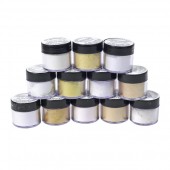
Pearl Lustre Pigments 7g
Starting at: £4.70
-
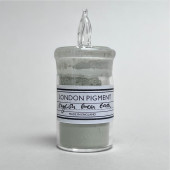
London Pigment, English Green Earth
£30.00Call to Order
-
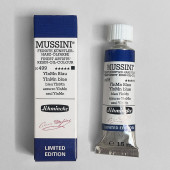
Schmincke Mussini Limited Edition YInMn Blue 15 ml
£26.00Call to Order
-
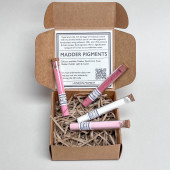
London Pigment, Madder Pigment Set
£40.00Call to Order
-
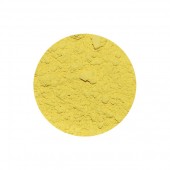
Naples Yellow Light Pigment
Starting at: £7.40
Call to Order
-
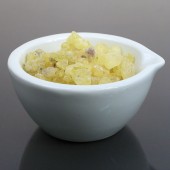
Gum Mastic
Starting at: £20.30
Call to Order
-
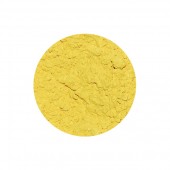
Litharge Pigment
Starting at: £8.00
Call to Order
-
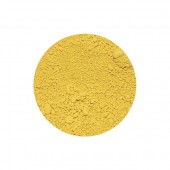
Naples Yellow Dark Pigment
Starting at: £7.40
Call to Order
-
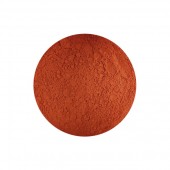
Vermilion Genuine Pigment
Starting at: £17.00
Call to Order
-
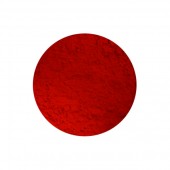
Cinnabar Pigment
Starting at: £16.00
Call to Order
-
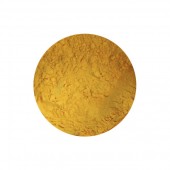
Lead Tin Yellow Dark Pigment
Starting at: £4.80
Call to Order
-
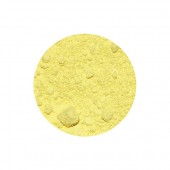
Lemon Yellow Pigment
Starting at: £7.00
Call to Order
-
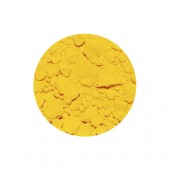
Chrome Yellow Middle Pigment
Starting at: £10.00
Call to Order
-
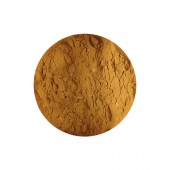
Realgar Pigment
Starting at: £12.75
Call to Order
-
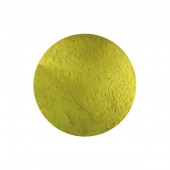
Lead Tin Yellow Light Pigment
Starting at: £4.80
Call to Order





